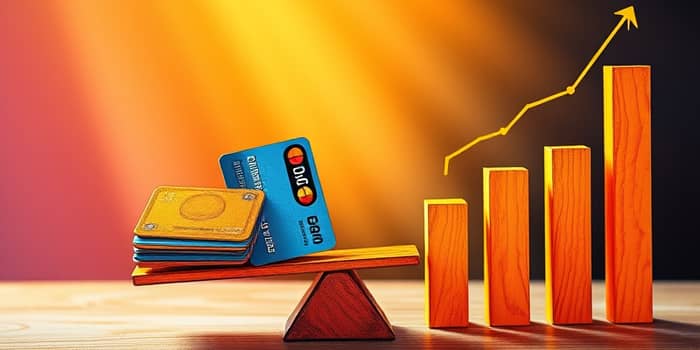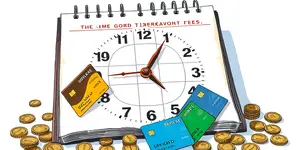
Optimizing your credit utilization can feel like mastering a delicate balancing act—but with the right strategies, you can transform your financial story and unlock new opportunities. Understanding how to manage your balances not only boosts your credit score, it also empowers you with greater financial flexibility and control.
Credit utilization, sometimes referred to as card utilization, measures the ratio between the balances you carry and the total credit limits available to you. This simple percentage reveals how much of your borrowing capacity is in use at any moment.
If you have a combined credit limit of $10,000 across multiple cards and your balances total $2,500, your overall utilization rate is 25%. Managing this percentage effectively is a cornerstone of healthy credit behavior.
credit utilization is vital because it typically makes up about 30% of your FICO credit score calculation. When lenders see a low utilization rate, they view you as a responsible borrower who doesn’t rely too heavily on credit for day-to-day expenses.
Maintaining a healthy utilization ratio can lead to lower interest rates, better credit offers, and greater loan approval odds. It’s more than numbers—it reflects your financial discipline and trustworthiness.
Experts generally recommend keeping your utilization below 30% on each card and across your total credit profile. For truly below thirty percent for optimal credit standing, many aim even lower, ideally under 10%.
These targets are not arbitrary—they’re based on decades of credit scoring models showing that individuals with lower utilization rates tend to have stronger repayment habits and lower default risk.
This table illustrates how different balances impact utilization. Even if your overall utilization looks good, high balances on individual cards can still drag down your score.
Transforming your utilization ratio requires early and frequent balance payments and strategic planning. Here are proven tactics:
Avoid waiting until the due date to pay in full, as issuers report balances at closing, not due date.
Each of these steps can provide a direct boost to your available credit or reduce how much is being counted against you.
Once you’ve achieved a healthy ratio, ongoing habits will keep it low. Automate payments so you never miss a due date. Use calendar reminders for statement closing dates so you know exactly when balances will be reported.
Regularly check your credit card issuer’s portal or a free credit monitoring service to monitor your utilization regularly. This habit ensures you catch unexpected charges and adjust your spending before your statement closes.
Resist the urge to close old accounts, even if you no longer use them often. Keeping long-standing accounts open preserves your total credit limit and maintains a lower utilization rate.
Many people unintentionally spike their utilization by coordination missteps:
To counter these mistakes, set spending alerts to remind you when you’re nearing a threshold. Establish a simple rule: when one card hits 20% utilization, pause and shift spending to another.
A inspiring transformation comes from consistent, deliberate actions. Start by reviewing your most recent statements. Identify any cards that exceed 30% utilization and craft a repayment plan over the next two billing cycles.
Next, schedule weekly check-ins with your finances. During these check-ins:
With each cycle, celebrate small wins—a dropped utilization percentage, a paid-down balance, or an automated payment working seamlessly. These victories reinforce positive habits and keep you motivated.
Optimizing credit utilization isn’t a one-off task—it’s a continuous journey of mindful spending and strategic repayment. By implementing these strategies, you build a resilient financial foundation that supports future goals, whether buying a home, financing education, or launching a new venture.
Take a moment today to check your utilization rate. Choose one strategy from this guide to apply immediately—whether it’s an early payment or a request for a credit limit increase. Over time, these deliberate steps will compound, leading to a stronger score and newfound financial confidence.
Start now, and watch your progress unfold as you master the art of optimized card utilization.
References













